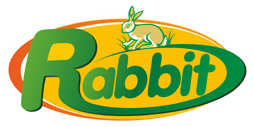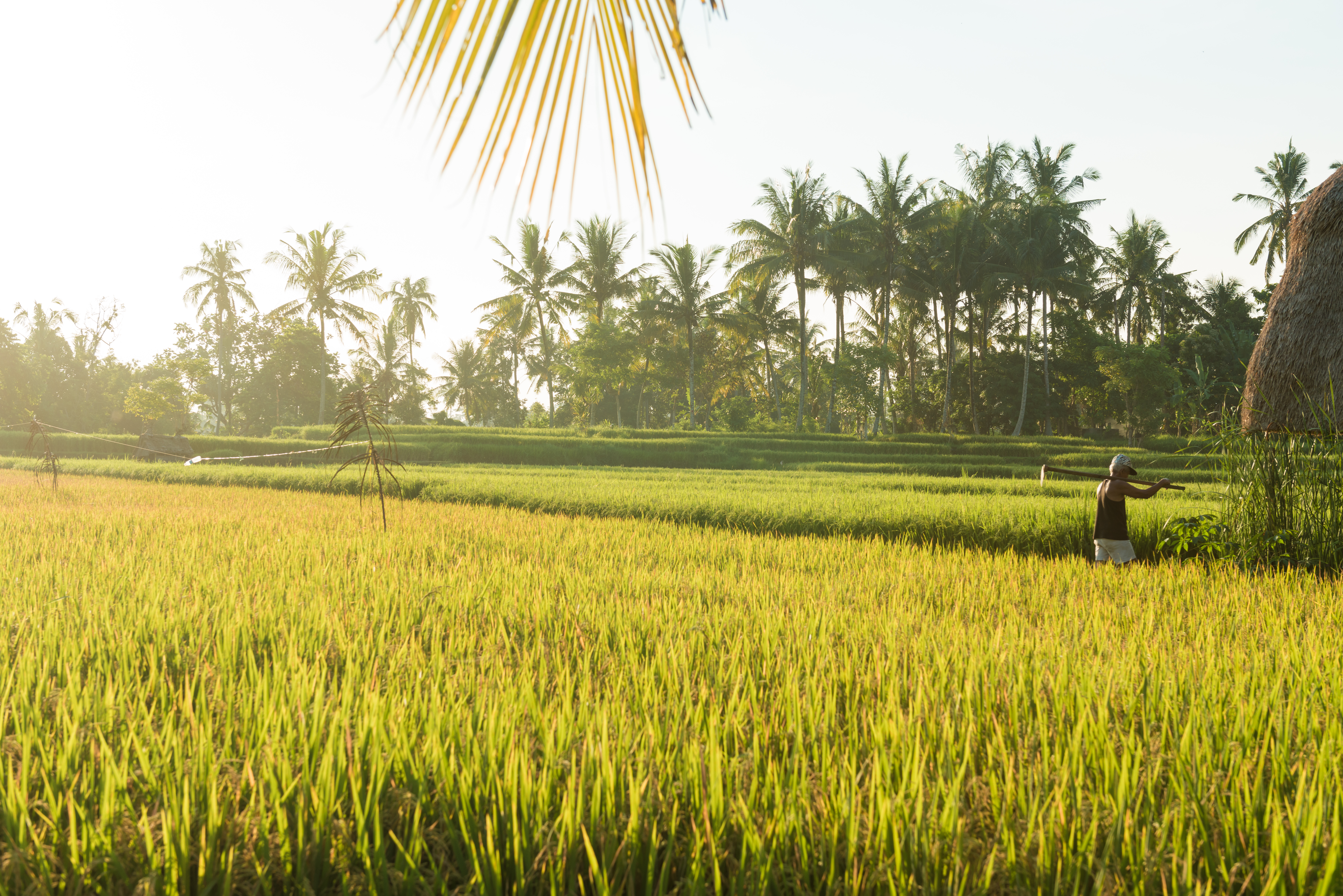For Keralites across the world, a meal is incomplete without rice. But with paddy fields shrinking, the quality of rice on your plate now depends more than ever on how well it is processed. That’s where Kerala rice mill steps in, transforming raw paddy into the wholesome, high-quality rice you enjoy every day.
Ever wondered how this process works?
Let’s take a closer look at how paddy is turned into premium rice in Kerala’s modern rice mills.
1. Sourcing the Best Paddy
It all starts with selecting the finest paddy from Kerala’s lush fields and beyond. Kerala rice mills work closely with local farmers and farmer associations to source:
- The right paddy varieties (like Matta, Ponni, or Jeerakasala)
- Grains that are optimally matured for better taste and texture
- Paddy grown using chemical-free and organic farming methods for healthier rice
Since the quality of rice depends on the paddy itself, Kerala rice mills ensure that only the best grains make it to the processing stage—preserving the authentic taste, aroma, and nutrition of traditional Kerala rice.
2. Cleaning and Removing Impurities
Before processing begins, the paddy undergoes a thorough cleaning process to remove:
- Dirt, dust, and mud
- Small stones and broken grains
- Insect-infested or damaged grains
Advanced cleaning machines—equipped with sieves, air blowers, and gravity separators—ensure that only clean, high-quality paddy moves forward. This crucial step guarantees that every grain of rice is safe and pure.
3. Drying the Paddy for Better Processing
Paddy needs just the right amount of moisture—between 12% and 14%—for optimal storage and milling. Too much moisture can cause rotting, while overly dry grains may break. Kerala rice mills use two methods to achieve the perfect balance:
- Sun drying – A traditional method where paddy is spread on large concrete floors and dried under the sun with careful monitoring.
- Mechanical drying – Industrial dryers are used to ensure uniform drying, prevent spoilage, and reduce the risk of fungal growth.
4. Parboiling – A Unique Kerala Rice Processing Step
Parboiling is a distinct feature of Kerala rice mills, especially when processing Matta rice and other traditional varieties. This process helps retain nutrients, makes the rice less sticky, and gives it a fluffier texture. No wonder parboiled rice is a favorite among Keralites!
The parboiling process involves:
- Soaking the paddy in warm water to enhance nutrient content
- Steaming to harden the grains and improve texture
- Drying the steamed paddy before milling
5. De-Husking – Removing the Outer Husk
Next, the tough outer husk of the paddy is removed. Kerala rice mills use rubber rollers or husking machines to:
- Gently remove the husk without breaking the grains
- Separate whole grains from broken ones
- Minimize wastage and maximize efficiency
Interestingly, the rice husk collected from this process is repurposed—either as fuel for the mills or as an ingredient in animal feed.
6. Polishing and Whitening
The polishing step is what gives rice its smooth texture. Keralites have varied preferences when it comes to polished vs. unpolished rice. While some love unpolished rice like Kerala Matta for its natural nutrients, others prefer polished rice for its refined texture and taste.
To cater to both choices, Kerala rice mills follow a careful polishing process that includes:
- Gently rubbing rice grains to remove the bran layer
- Using mist sprays to enhance the rice’s shine
- Applying a light coating (sometimes of glucose or talc) for an appealing look
7. Sorting and Grading for Quality Control
Before packaging, the rice is sorted and graded based on:
- The size and shape of the grains
- The percentage of broken grains
- Color and overall appearance
Modern Kerala rice mills use optical sorting machines to detect and remove defective grains, ensuring only the best-quality rice is selected for sale.
8. Packaging to Maintain Freshness
Freshness is key when it comes to rice, and Kerala rice mills take packaging seriously. They use:
- Airtight, moisture-proof bags to prevent spoilage
- Vacuum-sealed or nitrogen-flushed packs for extended shelf life
- Eco-friendly, biodegradable packaging for sustainability
Many premium brands have also started adding QR codes to their packaging, allowing buyers to trace the origins of their rice.
9. Distribution and Delivery to Markets
Once packaged, the rice is swiftly distributed to:
- Local grocery stores and supermarkets
- Restaurants and hotels
- Online platforms for home delivery
Additionally, many Kerala rice mills export high-quality rice worldwide to meet the ever-growing demand from Malayalees living abroad.
Why Choose Rice from a Kerala Rice Mill?
If you want authentic, high-quality rice, choosing a trusted Kerala rice mill—like Rabbit Mark Modern Rice Mill—makes all the difference. Here’s why:
- Locally sourced, traditionally processed – Kerala rice mills focus on native rice varieties that retain their original taste and nutrition.
- Strict quality control – From sourcing to packaging, every step is carefully monitored to ensure only the best rice reaches your kitchen.
- Sustainable practices – Many rice mills use eco-friendly techniques like solar drying and biodegradable packaging.
So, the next time you buy rice, take a moment to check where it comes from. Choosing rice from a Kerala rice mill means you’re getting freshness, purity, and a taste that feels just like home.

